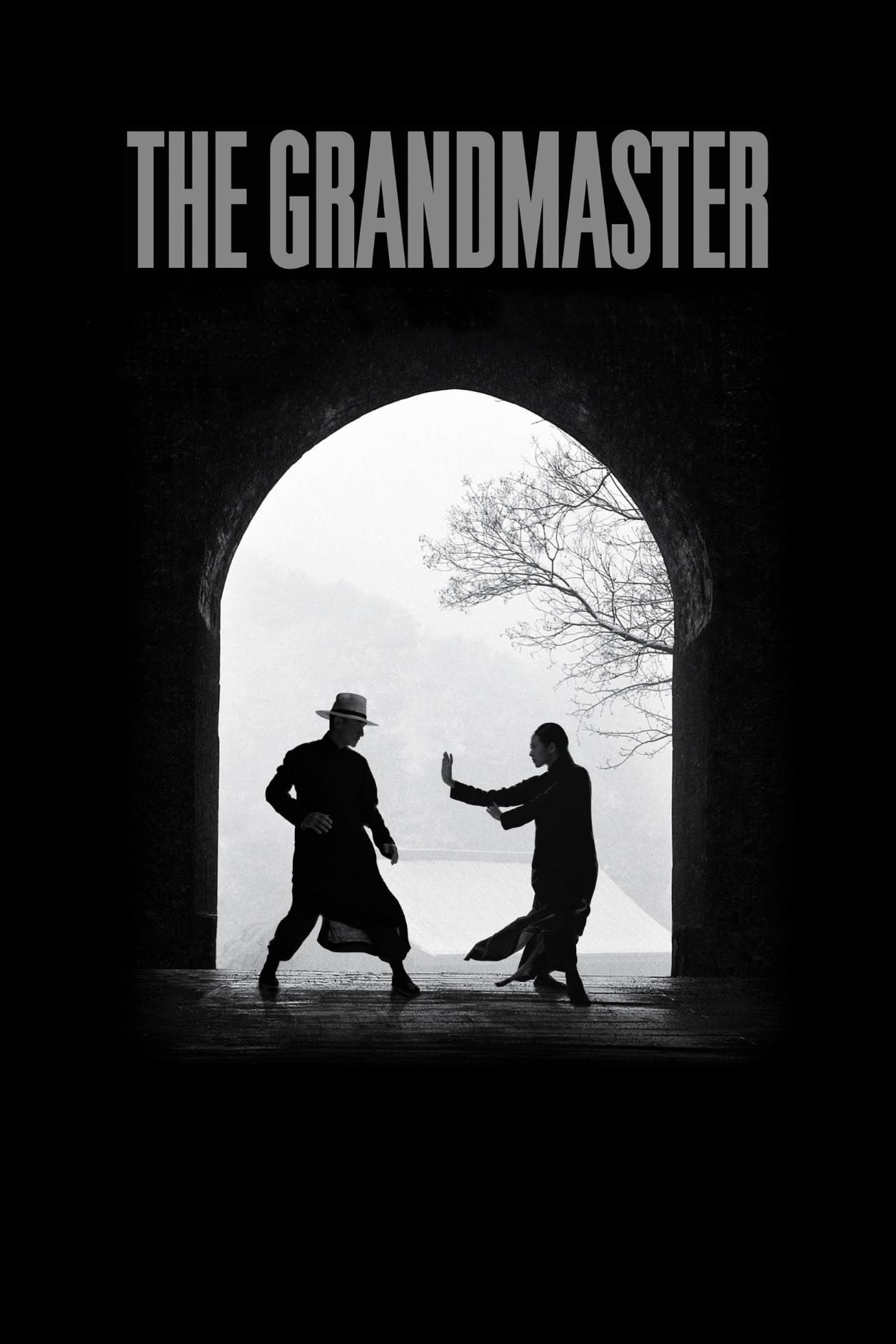
Ip Man's peaceful life in Foshan changes after Gong Yutian seeks an heir for his family in Southern China. Ip Man then meets Gong Er who challenges him for the sake of regaining her family's honor. After the Second Sino-Japanese War, Ip Man moves to Hong Kong and struggles to provide for his family. In the mean time, Gong Er chooses the path of vengeance after her father was killed by Ma San.
13 May The GrandMaster (2013)
Uppercut
I’ve been in training of a sort and unable to view serious movies, so it was difficult to arrange for this, and the anticipation built. Now I regret not having prepared better.
Filmmaking for me is calligraphy on water.
A filmmaker’s art can be in the shape of what is written. Nolan, for example does well with this.
It can be in how it is written. Kurosawa and Wells are good examples.
Or it can be in the nature of the brush, the instrument of capture itself.
Kar Wai Wong is the only living filmmaker that works in all three simultaneously.
So far as the story, I was lost much of the time. This clearly was made for a Chinese audience who would know the history and characters — and who would appreciate important regional differences. The unrolling was slightly non-linear but that was not a hindrance. Nevertheless, the three stories had power: a meditation on soulmates, a tragedy of lost/stolen tradition, an implicit history of cinematic fight styles. These are indeed treated as if they are fluid flows, only partly captured and disturbed by the looking. Some of the shifts from realistic to formalised (not unlike Herzog) underscore this.
Among the various threads on screen, the love story was what engaged me. Power in its restraint. A sort of noble but incomplete joy in the tragedy. Waiting to say little. Alone. The nature of the tragedy has so many ambiguous overtones it bleeds into an open life, which I presume to be a requisite for any of his films.
Among the threads behind the camera, I found the strokes here to be novel. This is film about traditions being merged to create power, a power incidentally that spawned a choreographic tradition in cinema. It seems as if the partnership with the new cinematographer (after the rich relationship with Chris Doyle), is based on moving from one style to another.
We have a variety of cinematic perspectives, many of which are beautiful. But the point seems to be the transitions one to another, the movement from one world-view to another. Lyrical vision, always expanded vision. Slow eye jazz. Experimental rhythms. Typical to this filmmaker is a reference to this: the ultimate fight scene is photographed with four perspectives, each with a unique style. Behind is a train that starts and by the end of the fight (and causing the end) it is racing. The effect is amazing.
I am used to the patterns he used with Doyle, whose choppiness clipped Kar Wai’s meditations. Doyle’s drifting complemented Kar wai’s fixed meditations. Now, it seems he has a new worthy collaborator, a partner in exploring new mixes, new expressions. I don’t know this fellow well, but of course have seen his work. From how well the thing is assembled, I imagine they have shot a 20 hour movie.
At all three layers, he references dynamic water.
Posted in 2014
Ted’s Evaluation — 3 of 3: Worth watching.


No Comments